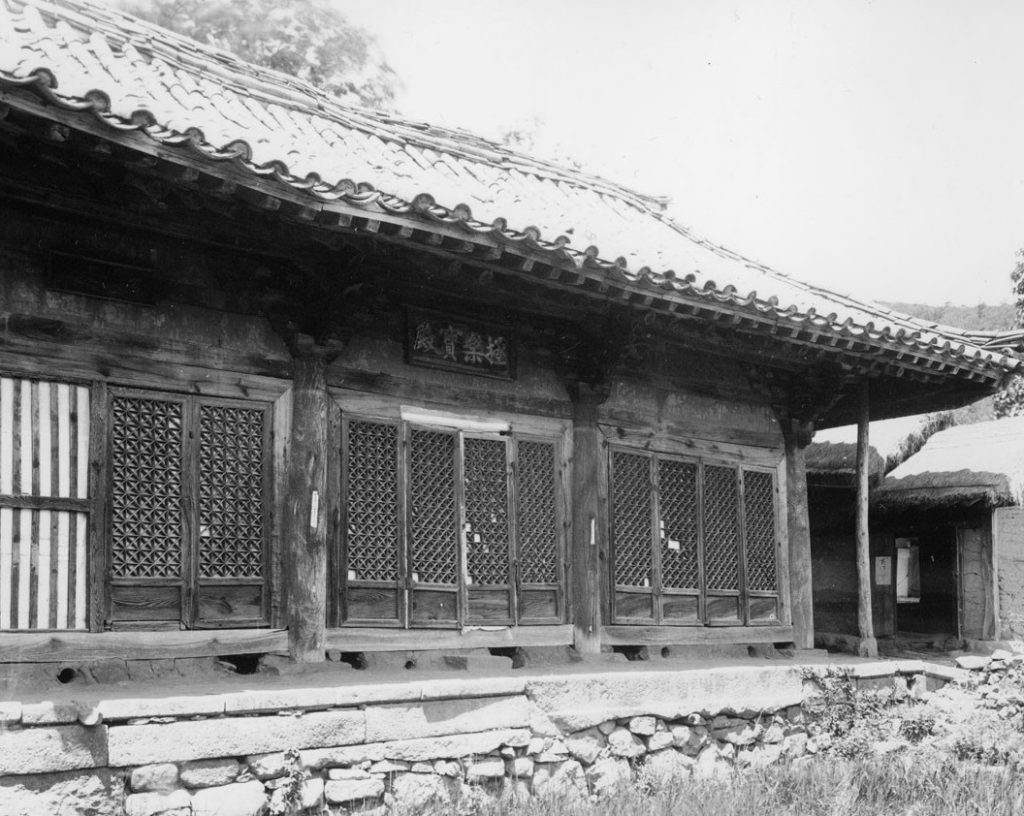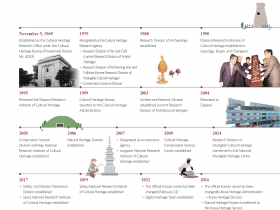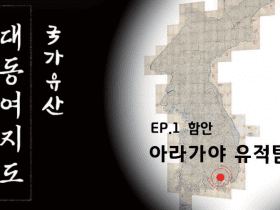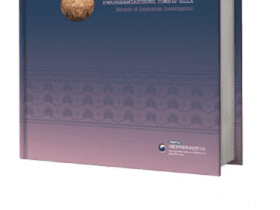Wall Repairs in Traditional Architecture: Muwisa Temple Case Study
This study looks into the materials and construction techniques used in walls built according to traditional architecture through repairs conducted at Muwisa Temple’s Geungnakbojeon Hall in Gangjin (National Treasure No. 13) in the 1900s. It analyzes documents and materials from the Japanese Government-General of Korea, the Cultural Heritage Administration, and other sources on disassembly and repairs done at three different times: 1935, 1956, and 1982-83. It reveals the construction technique used in the remaining wall foundation before the 1900s, where small reinforcing posts and laths were put inside the walls. Lime, terra alba, paper mulberry tree, and other materials were used in the making of plaster, none of which were used at the time of construction. The highest priority in each repair was on preserving the original form. This is still the case in present-day repairs of cultural heritage.
This study is significant because it examines previously-unknown administrative documents about the hall from the Japanese occupation period. It identifies the materials and construction techniques used in the walls as they changed through the different periods.
Download
https://doi.org/10.22755/kjchs.2020.53.2.140








Leave a Reply